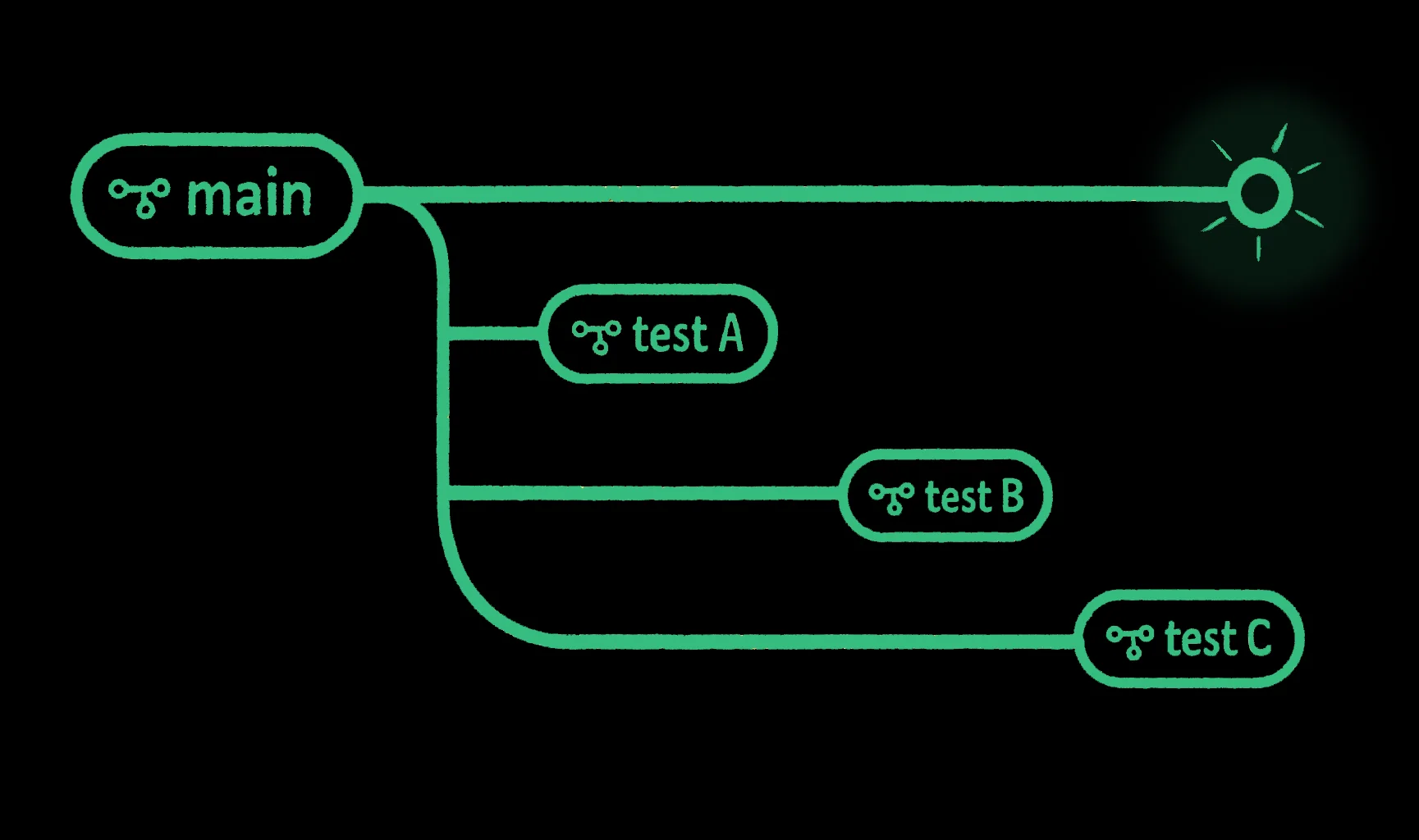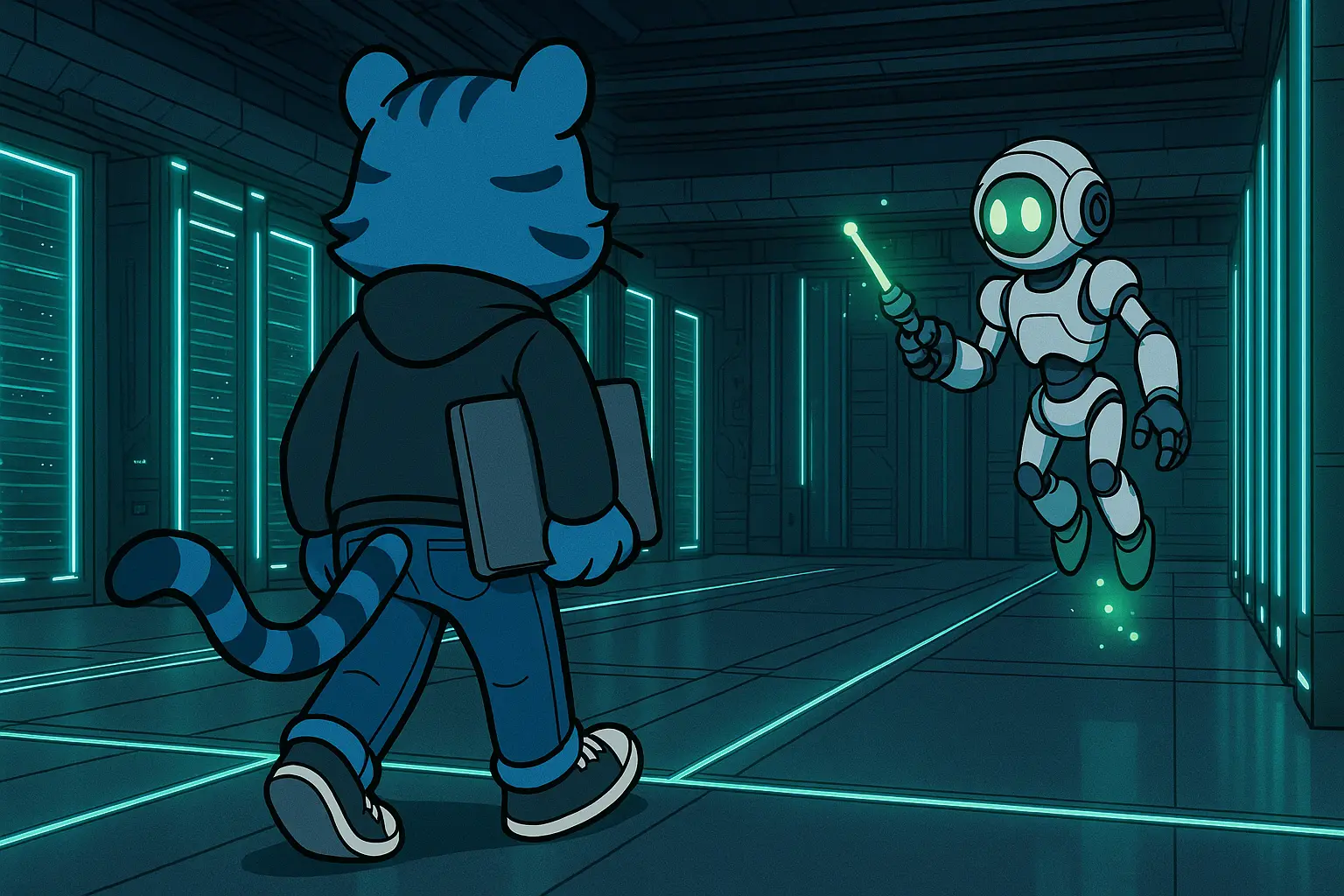 Build better AI agents with bucket forking
Build better AI agents with bucket forking
Prevent rogue agent behavior by giving every agent an instant, isolated bucket fork—no data duplication, safe concurrency, and easy rollback with snapshots.
8 min read







